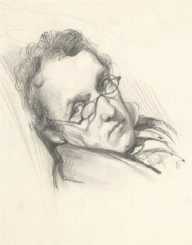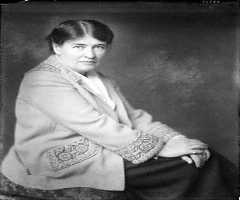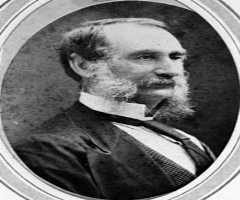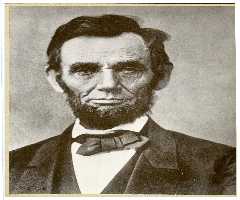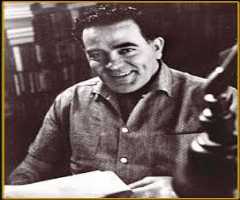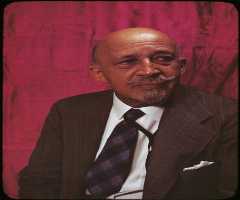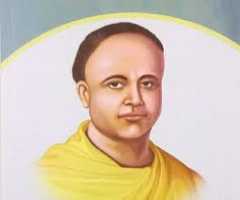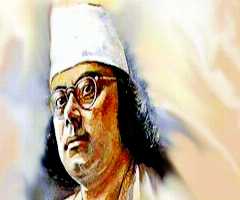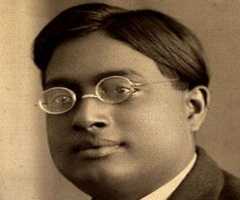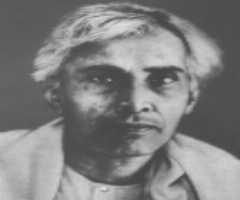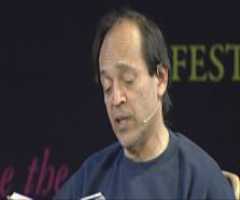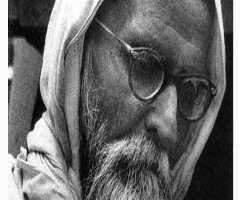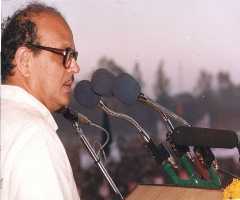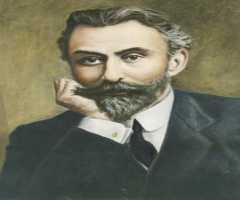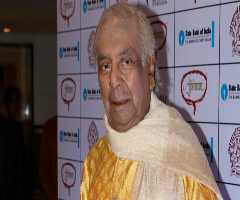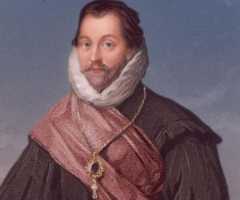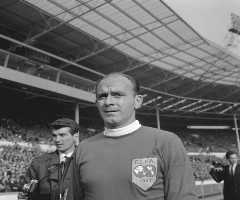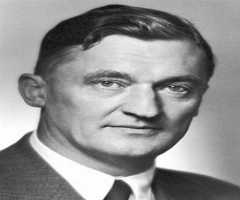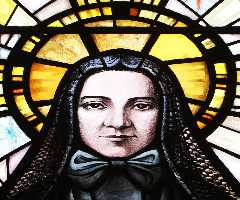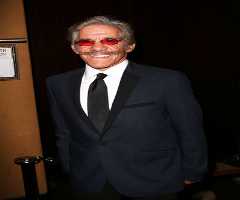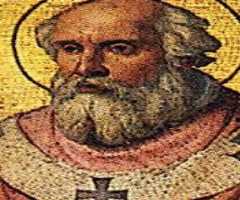Also Known For : Novelist
Birth Place : Kolkata, West Bengal, India
Died On : December 24, 1863
Zodiac Sign : Cancer
William Makepeace Thackeray Biography, Life, Interesting Facts
William Makepeace Thackeray was a 19th-century British writer and novelist. Born on July 18, 1811, he was second to Charles Dickens during the Victorian era. William Makepeace Thackeray was best known for his work Vanity Fair, 1848, an extensive view of the English society. Vanity Fair has since been included in university courses. It has also been adapted several times for television and cinema productions. Some of his works include History of Henry Esmond, The Book of Snobs, Pendennis, The English Humorists of the Eighteenth Century and The Rose and the Ring among several others.
Early Work
William Makepeace Thackeray was born on July 18, 1811, to Richmond Thackeray and Anne Becher in Calcutta, British India. His father served as a secretary to the Board of Revenue in the British East India Company and his mother also a secretary for the company. He lost his father at age four in 1815, so his mother sent him to England in 1816. Anne instead remained in British India. On his arrival, William Makepeace Thackeray received education at schools based in Southampton and Chiswick. William Makepeace Thackeray later moved to Charterhouse School, making friends with John Leech while there.
William Makepeace Thackeray however never liked Charterhouse, and he would depict that in his fiction as Slaughterhouse. He enrolled at Trinity College Cambridge in February 1829 but dropped out just after a year. After dropping out of school, William Makepeace Thackeray embarked on a trip to Paris and Weimar. Upon his return to England, he decided to study law at the Middle Temple but quit. At age 21, he was given access to his inheritance from his father.
William Makepeace Thackeray, however, wasted the majority of it on gambling and funding two newspapers, The National Standard and The Constitutional, which failed. Part of this inheritance was also lost after the collapse of two Indian banks. This forced him to seek a profession to support him, hence turned to art. William Makepeace Thackeray could not pursue it as a profession only that would use the skill as an illustrator for some of his novels and other works.
Career
After getting married in 1936, William Makepeace Thackeray saw the need to work to cater for his family and therefore started a career in writing. William Makepeace Thackeray first worked as a journalist for Fraser’s Magazine, writing on art criticism and fictions. It was during this period that he worked on the fictions, Catherine and The Luck of Barry Lyndon. He reviewed book for The Times from 1837 to 1840and also contributed to The Foreign Quarterly Review and The Morning Chronicle.
William Makepeace Thackeray published the travel books, The Paris Sketch Book and The Irish Sketch Book in 1840. The books had some success among the British but Irish Catholics met the later with hostility. This was what gained him a writing position at Punch as Irish expert with the pseudonym HibernisHibernian. It was through his lasting friendship with John Leech that gained him the position and William Makepeace Thackeray would work there from 1843 to 1854. It was through it that he published his work, The Snob Papers, that later became The Book of Snobs. The Snob Papers gained him recognition and was serialized from 1846 to 1847.
In 1848, it was published in a book form. William Makepeace Thackeray novel, Vanity Fair that was serialized from January 1847, was what made him famous and established his credential as a talented writer. Despite the Vanity Fair being satiric of the English Society, he became highly sought for by the lords and ladies whom he satirized. His popularity surged and was compared to Charles Dickens and is quoted to have said he remained "at the top of the tree."
William Makepeace Thackeray rides on the success of the novel to publishing other works like Pendennis, The Newcomes and The History of Henry Esmond. William Makepeace Thackeray health at this time was deteriorating gradually, but that was not an impediment to his writing work. In 1849, William Makepeace Thackeray twice embarked on a lecture tour to the United States of America. William Makepeace Thackeray did same in London on the first four Hanoverian monarch and the English humorists of the eighteenth century. The first lecture series was later published into the book, The Four Georges.
William Makepeace Thackeray contested as an independent candidate for Oxford but was slightly beaten by Cardwell who had 1,070 votes while Thackeray also received 1,005 votes. William Makepeace Thackeray uncomfortably served as the editor of Cornhill Magazine in 1860 as his main wish was to write for the magazine’s column, Roundabout Papers.
Works
William Makepeace Thackeray started his writing career with pen names like George Savage Fitz-Boodle, Charles James Yellowplush, and Michael Angelo Titmarsh. His style of writing at the beginning was satiric but later shifted to savagery when William Makepeace Thackeray started attacking the military prowess, high society, hypocrisy and the marriage institution.
In 1829, William Makepeace Thackeray published Timbuctoo, but The Yellowish Papers, which was serialized in Fraser’s Magazine in 1837 is usually considered as his first work. In 2009, BBC Radio 4 adapted it, where Adams Buxton played the role of Charles Yellowplush. His novel, Catherine was published by Fraser’s from 1839 to 1840 and in 1844 came out with The Lucky of Barry Lyndon. He published several other works
Personal Life
William Makepeace Thackeray married Isabelle Gethin Shawe on August 20, 1936. They had three children, Anne Isabella, Jane and Harriet Marian. Jane did not survive infancy as she died after eight months. Isabella tried committing suicide after her third child as she became depressed in 1840. William Makepeace Thackeray then decided to move her to Ireland, but Isabella threw herself into the sea from the window of a water closet of a boat they were traveling. She was pulled out of the water and returned to England, but her condition kept on deteriorating. However, despite her condition, she outlived William Makepeace Thackeray for 30 years.
Due to his wife’s ailment, Thackeray had relationships with other women including a married woman, Mrs. Jane Brookfield, and Sally Baxter. Thackeray suffered a stroke on December 23, 1863, and was found dead the following morning. William Makepeace Thackeray was interred at Kensal Green Cemetery on December 29, 1863, and his funeral was attended by 7,000 people.
More Authors
More People From West Bengal
-
![Ishwar Chandra Vidyasagar]()
Ishwar Chandra Vidyasagar
-
![Kazi Nazrul Islam]()
Kazi Nazrul Islam
-
![Satyendra Nath Bose]()
Satyendra Nath Bose
-
![Sarat Chandra Chattopadhyay]()
Sarat Chandra Chattopadhyay
-
![Vikram Seth]()
Vikram Seth
-
![Kumar Manglam Birla]()
Kumar Manglam Birla
